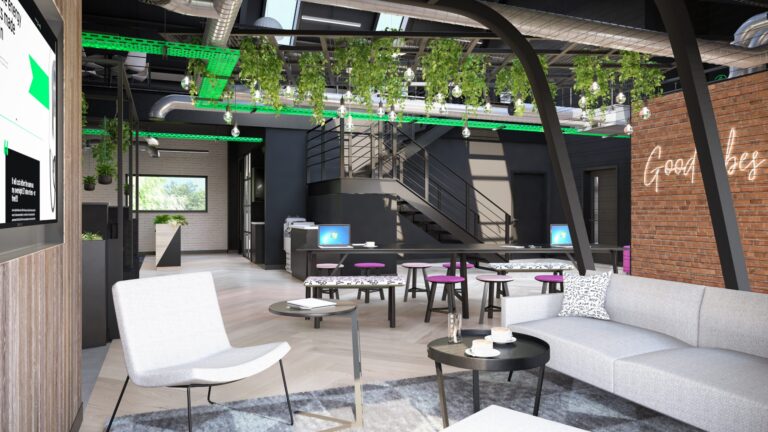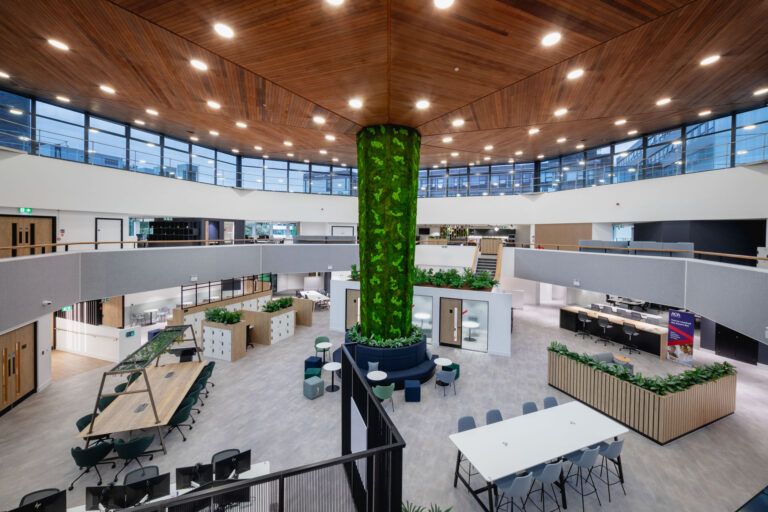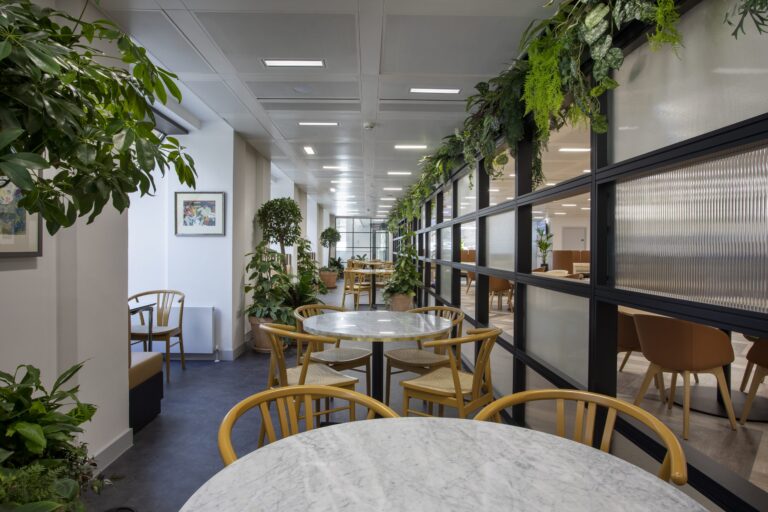
Do you know your workforce? Introducing the six post-pandemic worker types.
Date
7 June 2024
Read length
5 min
Understanding employees’ preferences and needs in these terms is valuable in several ways. Not only does it help employers understand the factors driving their employees’ preferences and choices, which can aid recruitment and retention, but it also highlights the type of relationships employees want with their employers.
Research from Henley Business School has revealed the six employee types all employers should know if they want to retain and attract talent.
The research, conducted with 3000 UK full-time employees, set out to identify what a post-Covid, post-Great Resignation workforce looks like and the factors that contribute to a strong workforce.
The post-pandemic worker types identified by the research each have a distinct focus—be that on a company’s environmental stance, its ability to offer work-life balance, or how far wellbeing is prioritised. Interestingly, the values and desires of each group sparked some major gender and age differences, too.
The six types identified by the research are:
- Socially conscious workers are interested in their employers’ stance on environmental and social matters and their commitment to corporate social responsibility. This group makes up 15% of the workforce, and more than half are junior employees, which reflects younger people’s environmental concerns.
- Employee advocates are a predominantly female group focused on ensuring that employees are treated well and fairly, with benefits and wellbeing incentives.
- Work-life balance advocates accounted for 39% of those surveyed and are primarily male. They want balance and the flexibility to work from home as they see fit and are interested in four-day weeks and unlimited leave.
- Salary-driven weekend workers account for 13% of the workforce, are primarily male, and are only motivated by salary.
- Employee satisfaction enthusiasts are interested in what other employees say about working there and are motivated by benefits packages. This group accounts for just 10% of the workforce, and over two-thirds (38%) are in the 35-54 age group.
- Lone rangers account for 14% of workers and are focused on salary and the ability to work remotely. This group is mainly comprised of men (57%).
Understanding employees’ preferences and needs in these terms is valuable in several ways. Not only does it help employers understand the factors driving their employees’ preferences and choices, which can aid recruitment and retention, but it also highlights the type of relationships employees want with their employers. Today’s employees are keen to work for demonstrably responsible, authentic, and employee-minded organisations.
Since the pandemic, much research has been undertaken to help employers better understand the British workforce’s shifting preferences, including Claremont’s own – The Workplace Oooh. The Workplace Oooh sought to identify how employees want to feel at work and revealed that their biggest desires were to feel inspired, valued, connected, supported, included, and proud—some echoed in Henley Business School’s findings.
The insights from this research are beneficial for employers trying to encourage employees to return to the office, and many are already shaping how organisations respond through workplace design.
Through our work, we’re seeing a growing number of employers responding to the needs of socially conscious workers by bringing their stance on ESG issues to life. They are achieving this through office interior design and by reusing existing office furniture, specifying sustainable materials and creating living, green spaces.
Equally, wellbeing in office interior design is also being prioritised, which shows that the needs of employee advocates and work-life balance advocates are also being met. Spaces for relaxation, breastfeeding, praying, yoga, mindfulness, socialisation and community-led activities are all becoming part of the standard blueprint for the modern destination office. These spaces are no longer ‘nice to haves’ but vital spaces to curate inclusive, wellbeing and supportive workplace experiences for employees.
Data-led employee insights are driving all of these changes. Many of these mass market insights come from research studies by organisations such as Henley Business School. However, organisations also have an opportunity to ensure they understand their own employees. One of the best tools to do this, particularly for those planning to embark on an office refurbishment or office move, is workplace consultancy. This process uses observational studies and data gathering to overlay what employees need to thrive and how work is done with what this requires of the spaces they occupy.
Insights are valuable, and all organisations need to understand their workforce. Whether your organisation takes the time to understand its workers using Henley’s six types, through generational differences or simply different work styles, such as hybrid or fixed, the value is clear. Organisations that know what motivates their people have the best chance of curating positive workplace experiences and retaining that talent for as long as possible.
See how we could help with your new office interior design or office design and build project here
Get in touch
We love nothing better than talking all things workplace and design – got a question, potential project or just need some guidance?
Drop us a note…





